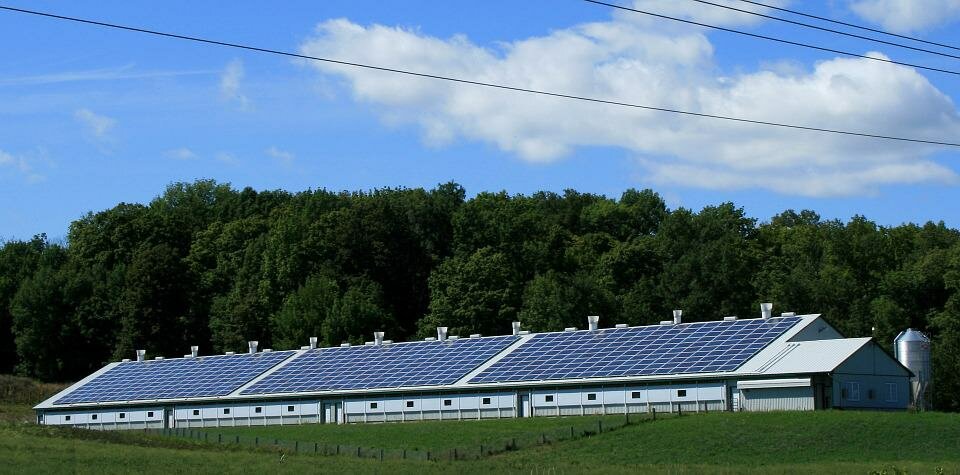
When installing and using solar panels, you ideally want to each solar panel to get the best sun exposure possible. To help ensure that your panels are getting optimal sunlight, you could install a solar tracker. There are two main types of solar trackers: active and passive.
Today, we’re going to look at passive models. To help you better understand why you might want to invest in a tracking system, let’s first examine their purpose and function.
What is the difference between active and passive trackers?
An active solar tracker uses complex components made up of gears, a motor, and a control unit to change the direction of your solar panels. With this system, a dual-axis model changes direction from east to west, as well as the tilt of the solar array. This is done so gradually as each season changes and results in your panels continually getting the best sun exposure.
Conversely, passive trackers have no electrical components and only a single axis. The solar power array moves and changes direction due to the heat of the sun. This results in your solar panel array getting better sun exposure during the day. When the system cools down at night, the array slowly repositions itself so that it is facing east; ready to follow the sun the next day.
To get the best results, this type typically uses gas canisters, as they change their internal weight whenever they heat up. Since there are far less maintenance and upkeep required, passive solar tracking systems are much easier to maintain.
What Kind of Savings Can I Expect?
On a fixed pole mount, a passive tracking system will typically improve energy efficiency by as much as 30%. You can look forward to far better power production when you invest in a solar tracker.
It’s important that you weigh the pros and cons of installing a tracker. A single-axis model is far more affordable compared to a dual-axis system. However, if you don’t use your solar power system as your main source of electricity, it might not be worth the investment.
A single tracker can run you upwards of $3,000. You will need to analyze your annual energy consumption to make sure your efficiency savings will net you at least this much after installation.
Additionally, you should take into account any solar rebates you currently receive. Solar trackers can actually lower the amount of your rebate because fewer panels are needed following the installation of trackers. Be sure that you check on your incentives before going through with an investment.
Related Questions
What are some other advantages?
If you are limited on roof space, a tracker can help you free up room since all of your panels will need to be combined on one array.
What are some disadvantages?
It’s important to keep in mind that you’re adding more to your solar system. This will result in some degree of additional maintenance and upkeep, regardless of which type of tracker you go with.